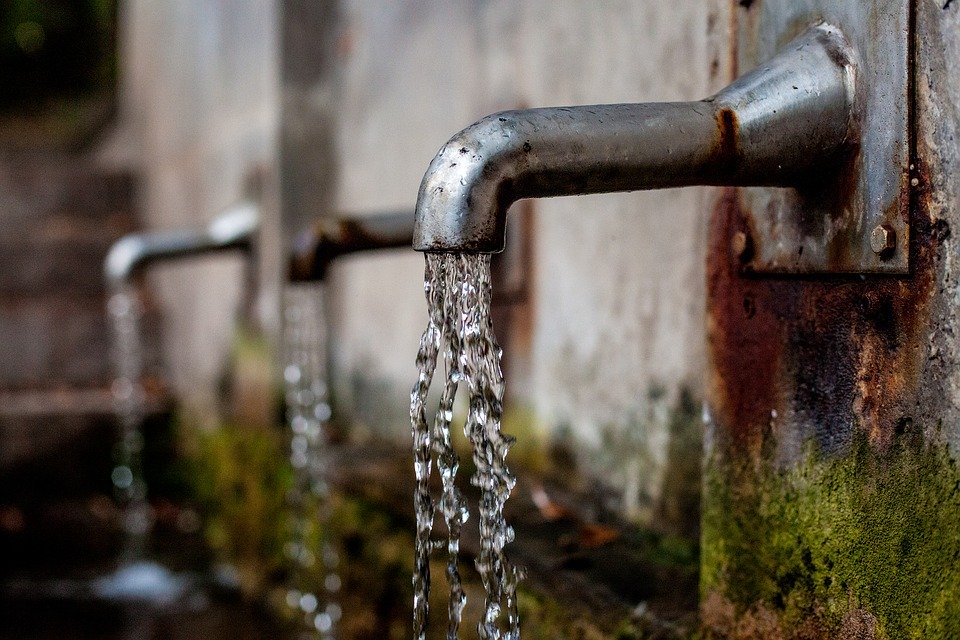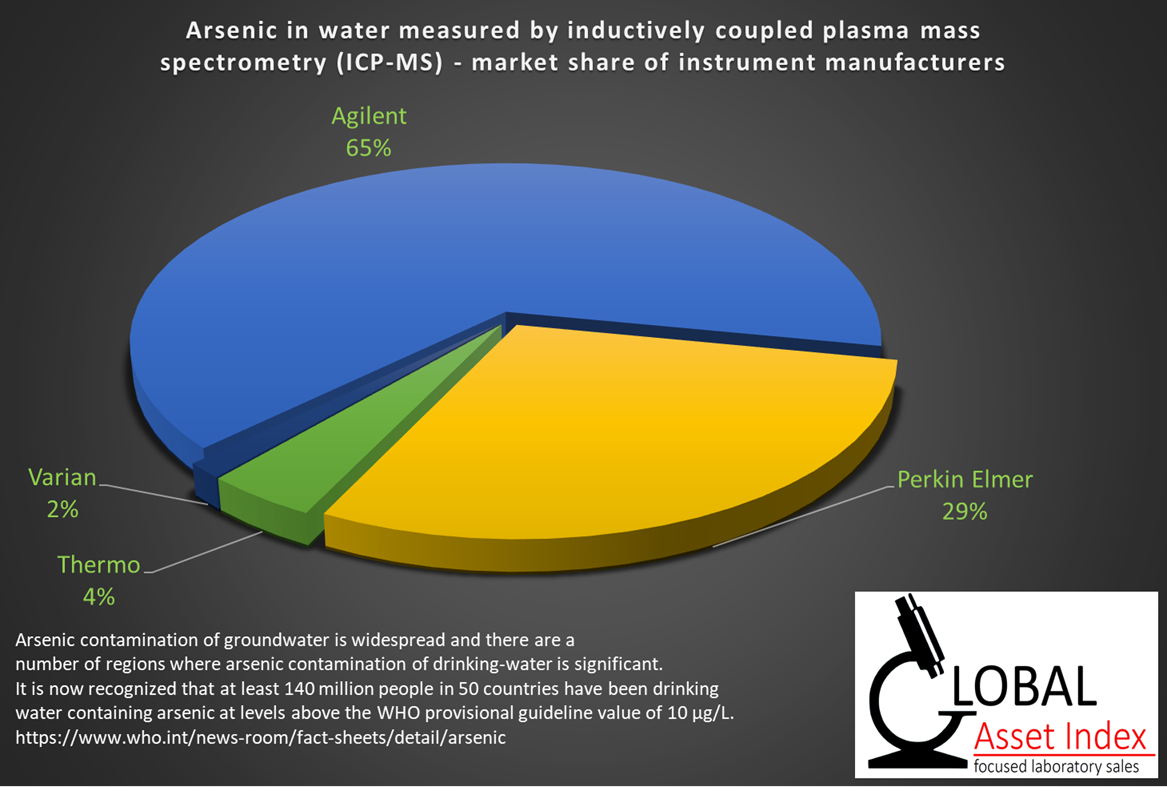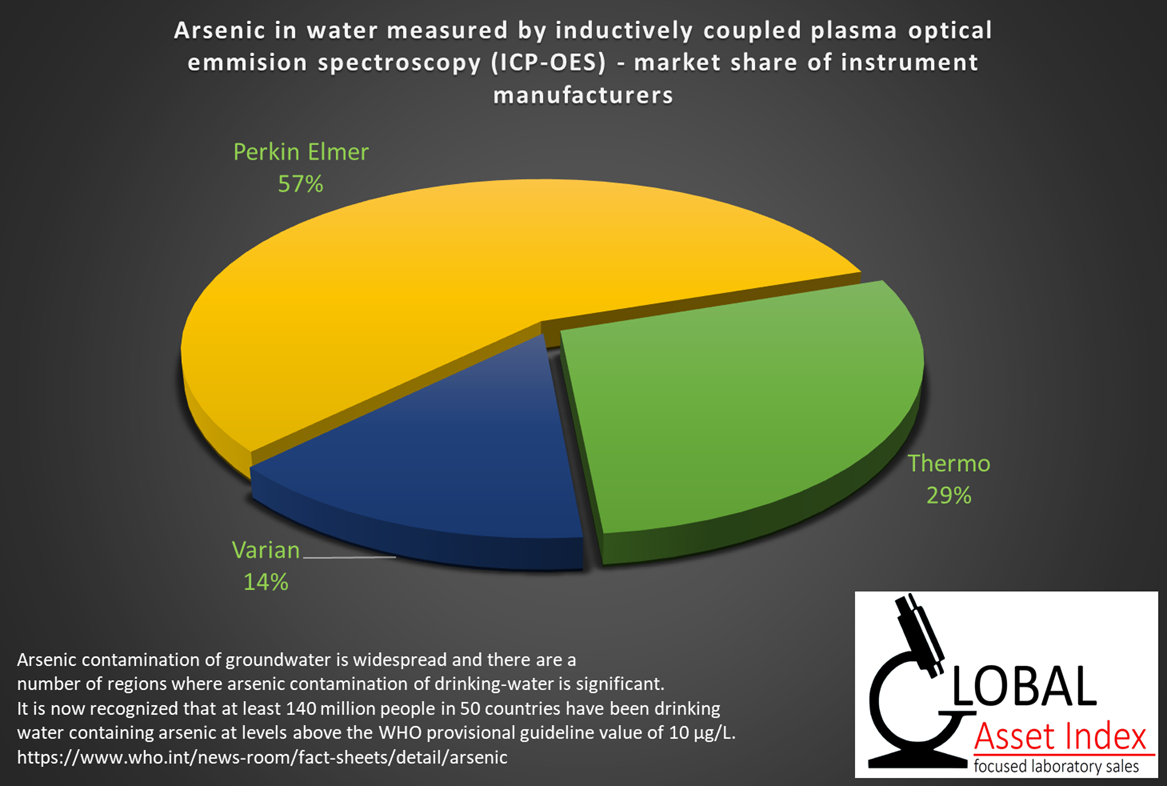Water Supplies Are More Contaminated Than You Think…
When we hear the word ‘Arsenic’ we think poison, murder mysteries and spy films… but we’d never think it part of our day to day lives?
In its natural inorganic form arsenic is highly toxic. It is a water contaminant present as a result of natural, agricultural and industrial practices and high quantities can be found in the groundwater of numerous countries. This hazardous water is utilised for drinking, food preparation, and the irrigation of crops, and consequences of long-term exposure have been linked to cancer and cardio-vascular diseases. Utero exposure has also been linked to cognitive development deficiencies and increased death rates in young adults.

It has come to light that around 140 million people in 50 countries drink arsenic-contaminated water at levels beyond the World Health Organisation provisional guideline measure. The US National Research Council discovered that as many as 1 in 100 additional cancer related deaths are anticipated from a lifetime exposure to drinking-water containing five times the guideline amount.
To combat this issue of water contamination, and in the hope of reducing the magnitude of arsenic related deaths, hydrologists are working alongside research teams to investigate risks and resolutions further. Global Asset Index, with the support of TMS, have analysed the current market share of instrument manufacturers that are using technology to measure arsenic levels by Inductively Coupled Plasma Mass Spectrometry (ICP-MS). The technique ionizes water samples to create atomic and polyatomic ions, which are then detected and measured. The following pie chart highlights the current market share of manufacturers creating ICP-MS instruments with Agilent possessing the highest market share.

Inductively Coupled Plasma Optical Emission Spectroscopy (ICP-OES) is an analytical technique used to detect chemical elements, such as traces of arsenic in food, metals in wine, and trace elements bound to proteins.TMS also used the database to investigate the manufacturers utilising this method. Perkin Elmer currently holds 57% of market shares with Thermo following the lead with 29%.

Data collected by Global Asset Index and Text Mining Solutions can be used to compare the distribution of scientific equipment, analyse competitors and offer further insight into research in the scientific community.
